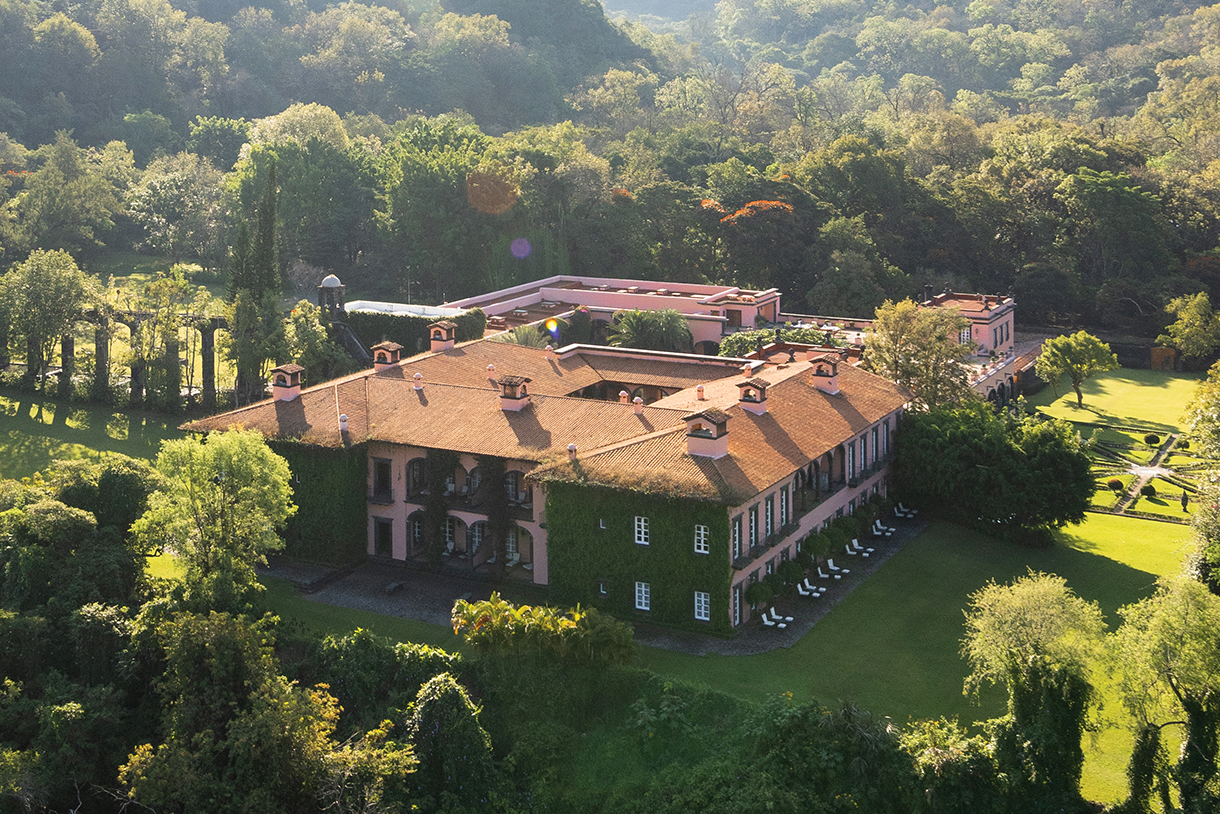
Mexico's Enchanting Haciendas: Where History Meets Modern Luxury
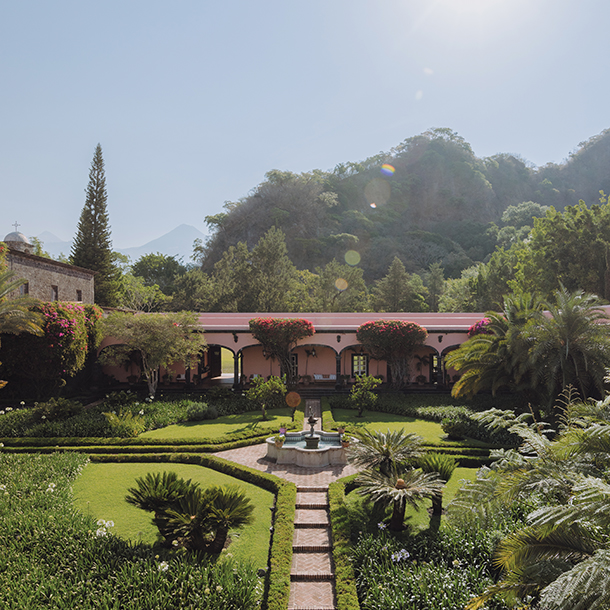
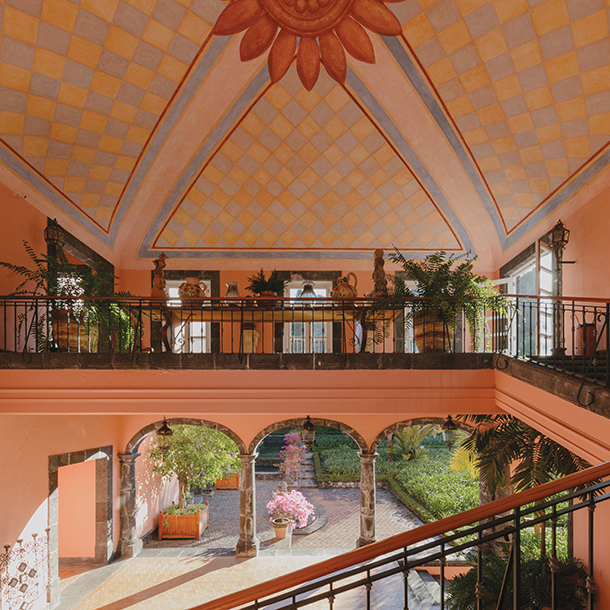
The restored Hacienda has high ceilings and large French windows which invite the outside in.

The Hacienda’s Rancho Jabalí consists of over 5,000 acres of stunning mountain landscape.
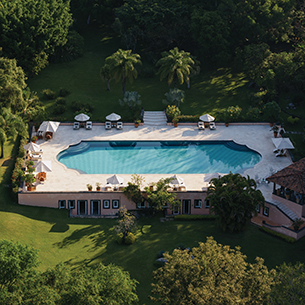
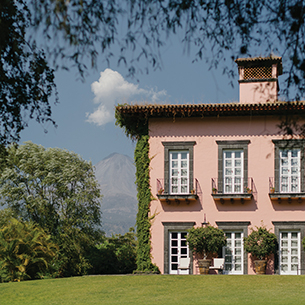
Hacienda de San Antonio’s architecture and interior echo the design of a large Mexican home.

Dreamlike picnics provide an entirely unique way to immerse in nature while relaxing in absolute luxury.
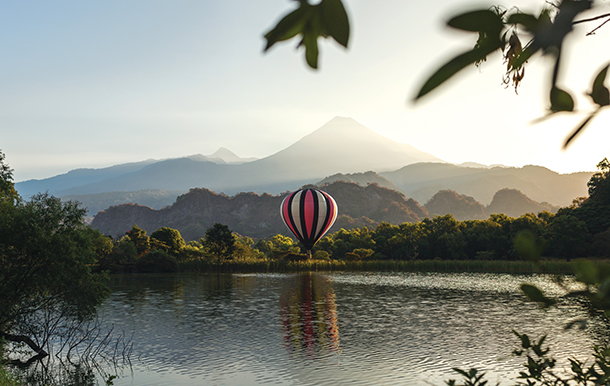
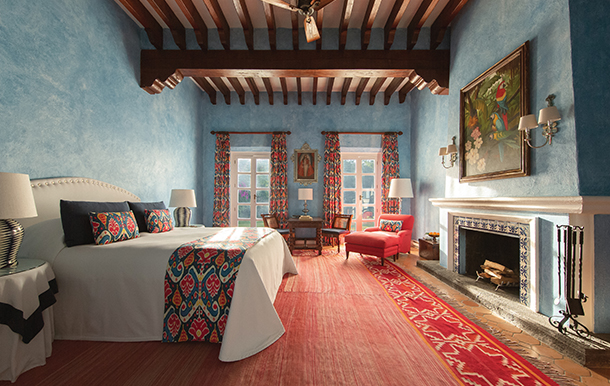
Mexican equivalents of French chateaux or English country-house hotels, the haciendas are typically sprawling estates that date anywhere from the 16th to 19th centuries. Rabinor notes that the word hacienda derives from hacer, the Spanish verb for “to make or do,” and the estates were once factories and local epicenters of political and social life. “These were the royals, the aristocracy, and you see that in the grandeur of the main house,” he says.
Following are three hacienda hotels where the sense of grandeur is most pronounced—and the sense of place is unmistakable.
Hacienda de San Antonio
Comala, Colima
Strike up a conversation with your server or guide at Hacienda de San Antonio, and chances are, he or she isn’t the first family member to have worked at the estate. In fact, many of the staff represent second-, third-, or even fourth-generation employees of the hacienda, some dating back to its origins as a ranch and coffee plantation in the late 1800s.
Spread over more than 5,000 acres in the shadow of the 12,595-foot Colima Volcano, the hacienda and adjacent ranch were acquired in 1980 by the British financier Sir James Goldsmith. He, his heirs, and a handful of top designers and architects gradually and lovingly restored the estate into what is today Mexico’s most magical hacienda hotel.
The fairytale setting—complete with Alice in Wonderland–inspired garden sculptures, a checkerboard-tiled swimming pool, and a 120-year-old aqueduct made from black volcanic stone—is anchored by a bougainvillea-draped main house. Inside are 25 guest suites and a collection of club-like rooms: one with a chessboard, another lined with books, another with a pool table leading to a speakeasy-style bar. Meals are at an elegant indoor-outdoor restaurant serving food sourced largely from the ranch, where, true to its origins, the hacienda produces and raises everything from coffee and cheese to honey and cattle.
The sprawling ranch also serves as a stage for horseback rides, ATV excursions, standup-paddleboarding sessions on one of two lakes, and even hot-air-balloon and skydiving adventures. The latter take off from the hacienda’s airstrip, which can accommodate private flights from Guadalajara, Manzanillo, and other nearby cities. haciendadesanantonio.com
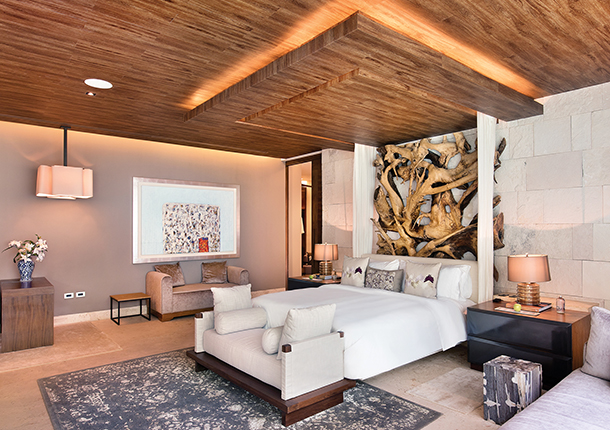
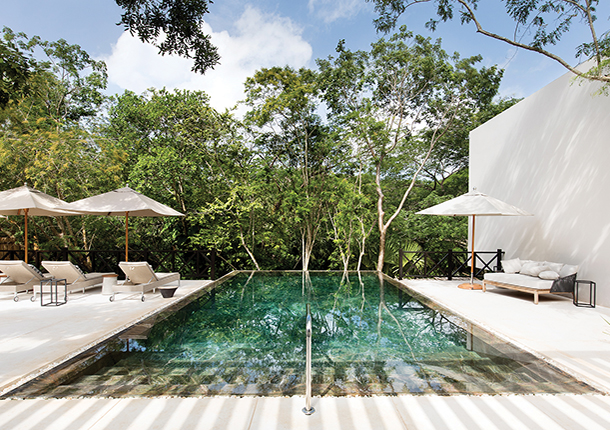
Chablé Yucatán
Chocholá, Yucatán
Mexico’s most modern hacienda resort can be found about 30 minutes outside of Mérida, on a 19th-century henequen plantation that has been transformed into a haven of both wellness and indulgence.
The plantation’s former processing room today houses Ixi’im, a fine-dining restaurant where rough stone walls frame a floor-to-ceiling glass case filled with rare tequilas. You can sample from the tequila collection—said to be one of the world’s largest—at Ixi’im’s bar, which is made from the factory’s old machinery, or with a hand-rolled cigar at the clubby Sikar Bar across a parklike lawn.
Retiring to one of Chablé’s casitas and villas—the smallest spanning more than 2,000 square feet—feels like settling into a hacienda all your own. Each has a private pool and the natural privacy afforded by towering tropical foliage.
The hacienda’s main house now serves as a reception center, while various outbuildings include a destination-worthy spa that hosts multiday wellness journeys rooted in Mayan healing traditions. There’s even a nine-hole “wellness golf course,” which one group at a time can reserve for two hours—and play barefoot at their own pace.
Mérida is high on the list of Mexico’s culinary meccas, and Chablé highlights the region’s rich legacy with Mayan cooking classes where you can learn to craft sikil p‘ak, a savory salsa made from pumpkin seeds and tomatoes. Much of the resort’s produce comes from onsite organic gardens, which are also popular with the property’s free-roaming herd of white-tailed deer. chablehotels.com
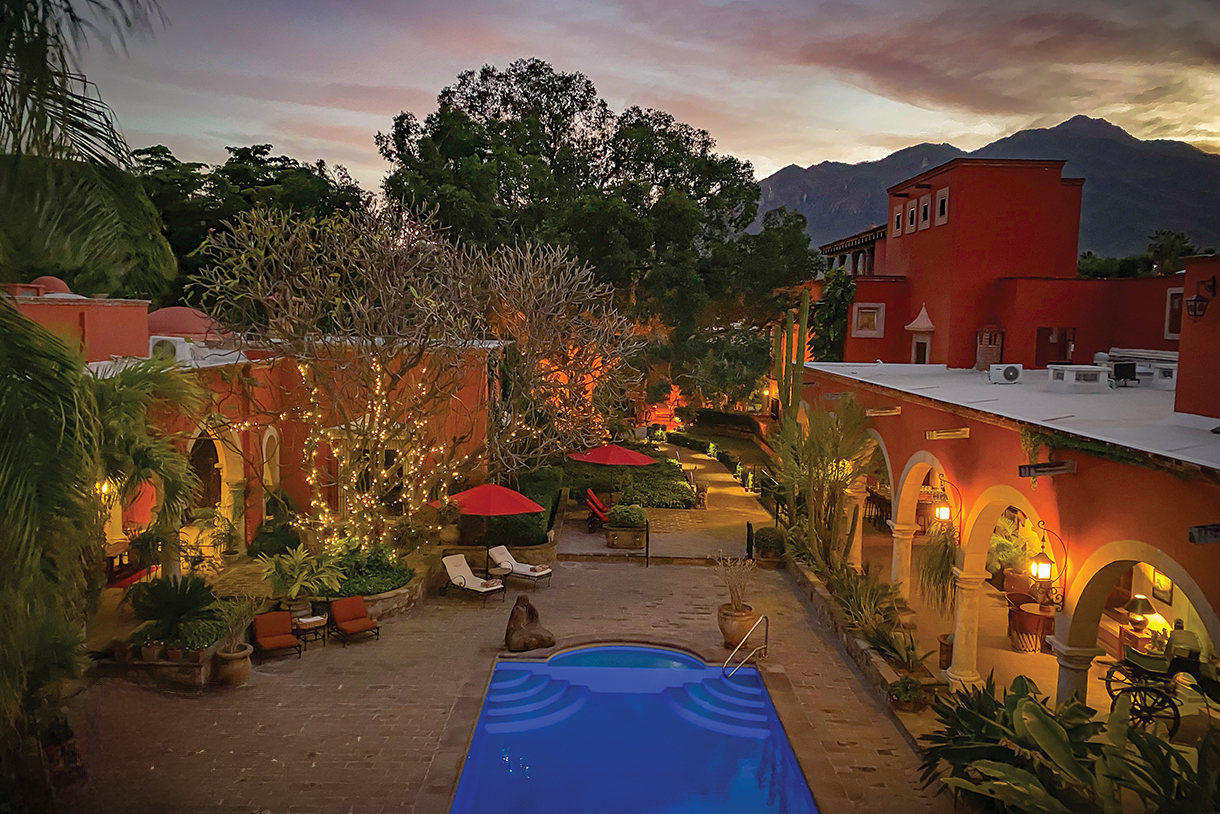
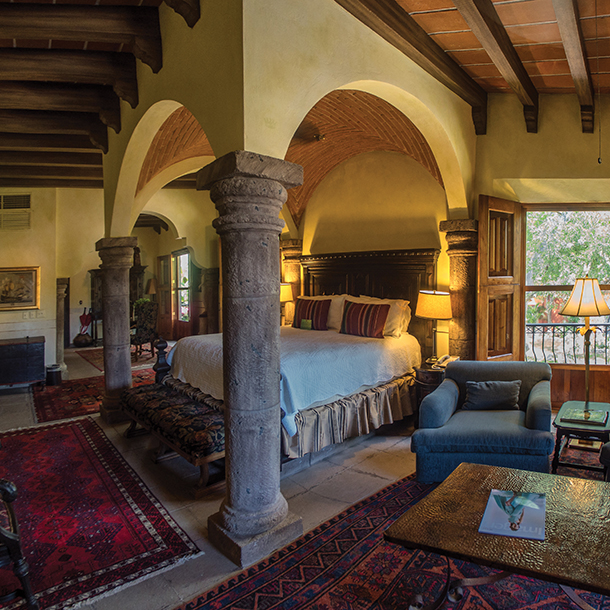
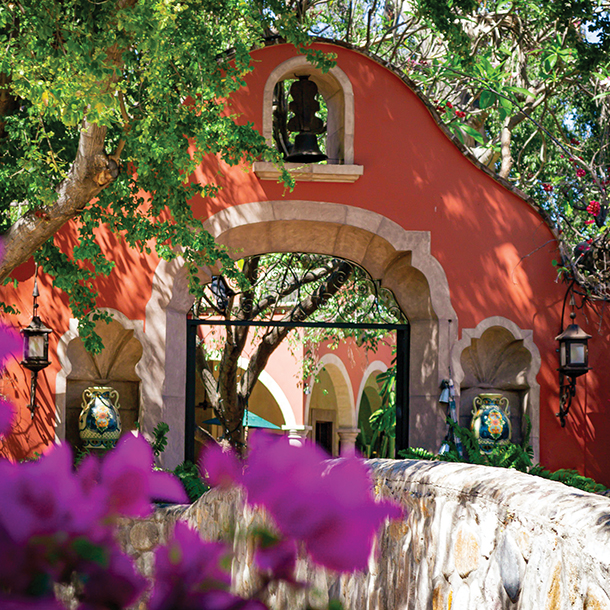
Hacienda de los Santos
Alamos, Sonora
Alamos is hard to get to—and all the better for it. Located in the Sierra Madre mountains, about an eight-hour drive south of Nogales, Arizona, Mexico’s northernmost colonial city is a smaller, quieter, and less touristed alternative to San Miguel de Allende. At the heart of the cobblestoned town, just a few blocks off the Plaza de Armas, sits Hacienda de los Santos, an elegant patchwork of colonial mansions and a former sugar mill that an American couple purchased, restored, and connected over the course of 24 years.
Linked by stone bridges, arches, garden paths, and secret hallways, the structures now house 34 guest suites decorated with an incredible assortment of antiques and artworks, many depicting religious figures or scenes (thus the hotel’s “of the Saints” name). The owners also added a chapel to the property, modeled after the first mission of northern Mexico (which is now located across the border in San Antonio, Texas).
Discovering the hacienda’s many nooks and crannies—and swimming in its various tiled pools—is enough to keep you occupied for days. Alamos, however, is worth exploring, not simply for its charming town square but also for the hiking and equestrian trails, rivers, and silver mines in the surrounding Sierra Madres. haciendadelossantos.com




